Meet the 2017 Hollings Scholars!
By Elizabeth Weinberg
August 2017
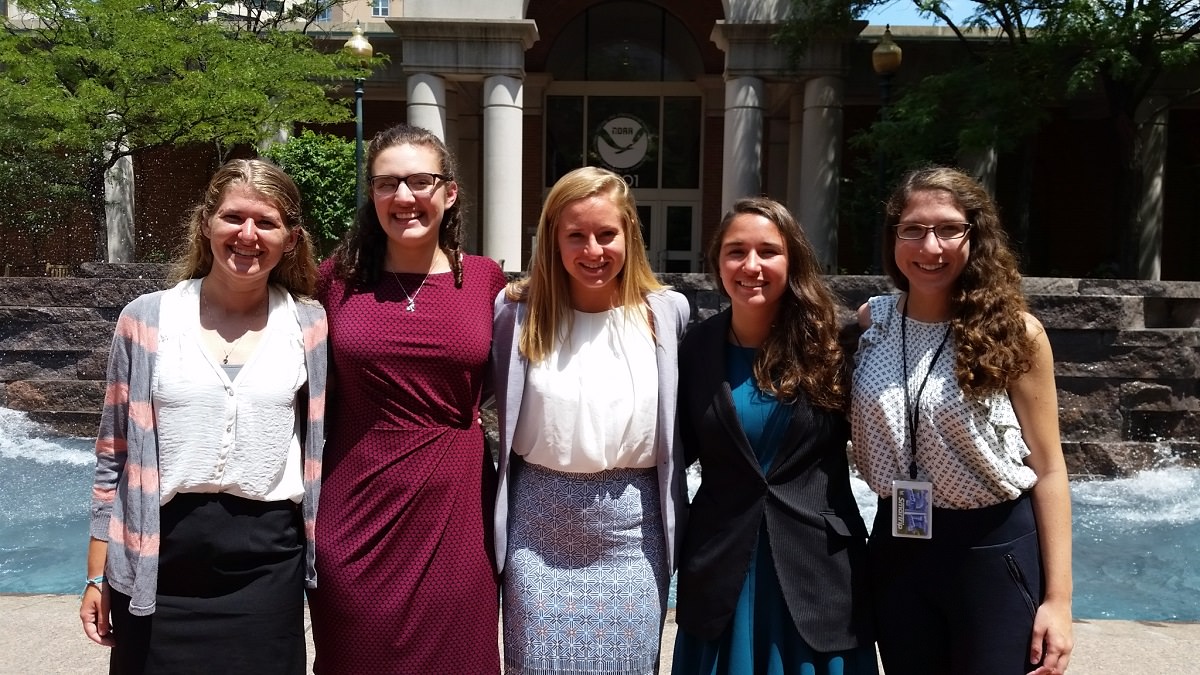
Each year, NOAA's Office of National Marine Sanctuaries hosts several undergraduate Hollings scholars at sites across the National Marine Sanctuary System. Working with sanctuary staff, these students gain practical training experience through NOAA-related science, research, technology, policy, management, and education activities. The scholarship program is designed to prepare students for careers as environmental scientists and educators, and to increase public environmental and ocean literacy. With such crucial goals, it's no wonder that the scholarship attracts some stellar students -- and we're excited to introduce you to this year's cohort!
Interested in becoming a Hollings Scholar in the future? Learn more about the scholarship here.
Megan Boice
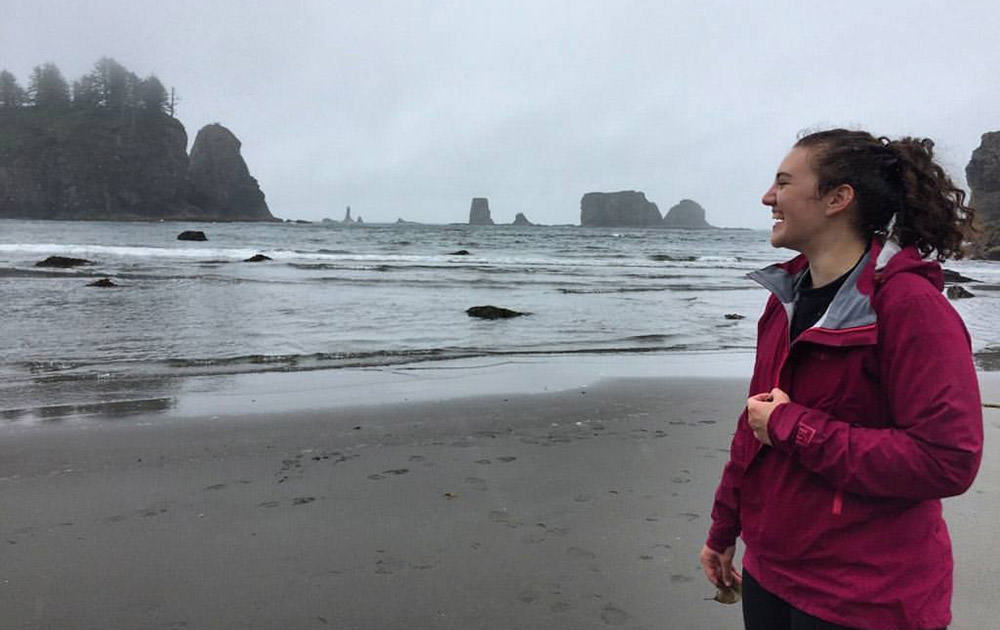
Megan Boice is enthusiastic about science education, and this summer the "living classrooms" of Olympic Coast National Marine Sanctuary offered her a perfect place to explore this interest. A marine biology major at Western Washington University, Boice worked with sanctuary educators Jacqueline Laverdure and Nicole Harris to develop two sessions of Junior Oceanographer camp and one underwater robotics camp. Boice's campers learned about ocean literacy and the sanctuary by exploring humpback whale anatomy with the sanctuary's life-sized inflatable humpback whale, investigating the effects of oil spills on seabirds and sea otters, and more.
Emily Colson
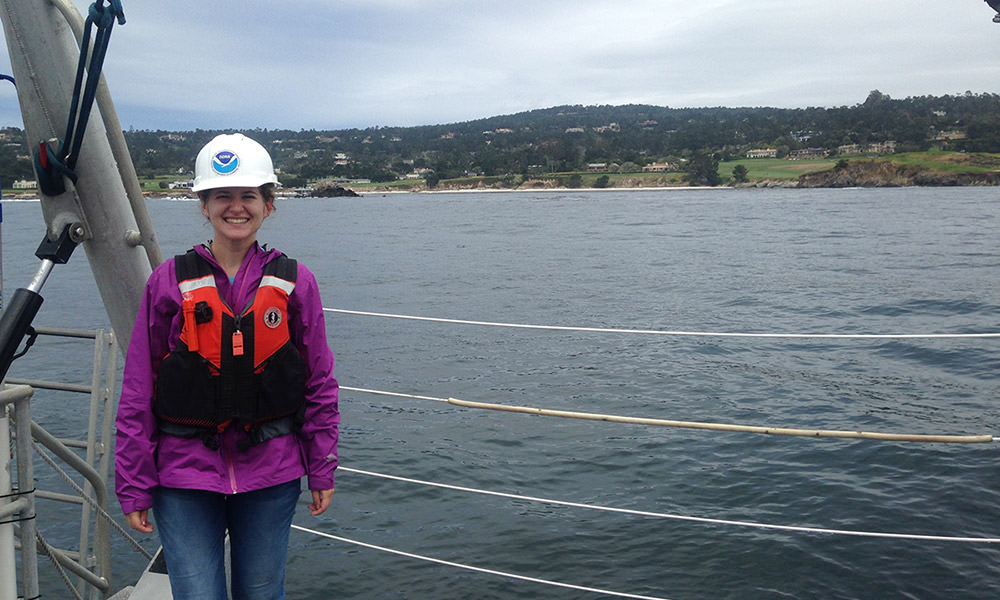
A senior marine science student at Eckerd College, Emily Coulson is passionate about educating the public about problems currently facing the ocean. She put this passion to good work spending her summer collaborating with marine ecologist Dr. Steve Lonhart at Monterey Bay National Marine Sanctuary to expand the species database on the Sanctuary Integrated Monitoring Network (SIMoN) website. The database provides natural history information on 170 species found in the sanctuary, and Coulson completed an additional 50 entries. She also added information about which species are listed as threatened or endangered under the Endangered Species Act. By expanding the database, Coulson helped to share valuable (and free!) knowledge with the public about the species often observed along the California coast.
Hannah MacDonald
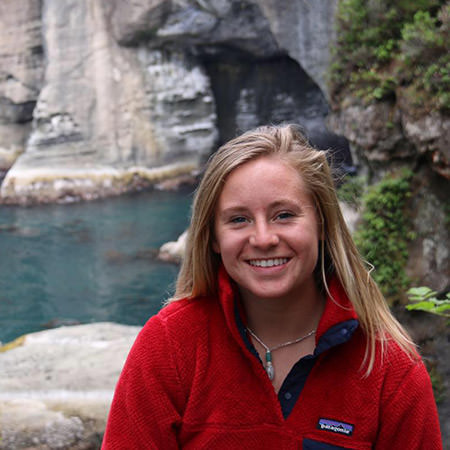
Hannah MacDonald has spent years working with national marine sanctuaries: she grew up with Thunder Bay National Marine Sanctuary in her backyard, volunteered with the sanctuary throughout high school, and participated in the Ocean for Life program at Channel Islands National Marine Sanctuary. Now an Earth science and marine ecosystem management student at Michigan State University, she continued her sanctuary support by spending the summer working at Olympic Coast National Marine Sanctuary. With the support of mentors Jacqueline Laverdure and Nicole Harris, MacDonald developed and led two Junior Oceanographer camps and one marine technology-themed camp. Her camps helped to support ocean literacy and inspire students to become marine stewards along the Olympic Peninsula by providing hands-on sanctuary-related activities.
Heather Mortimer
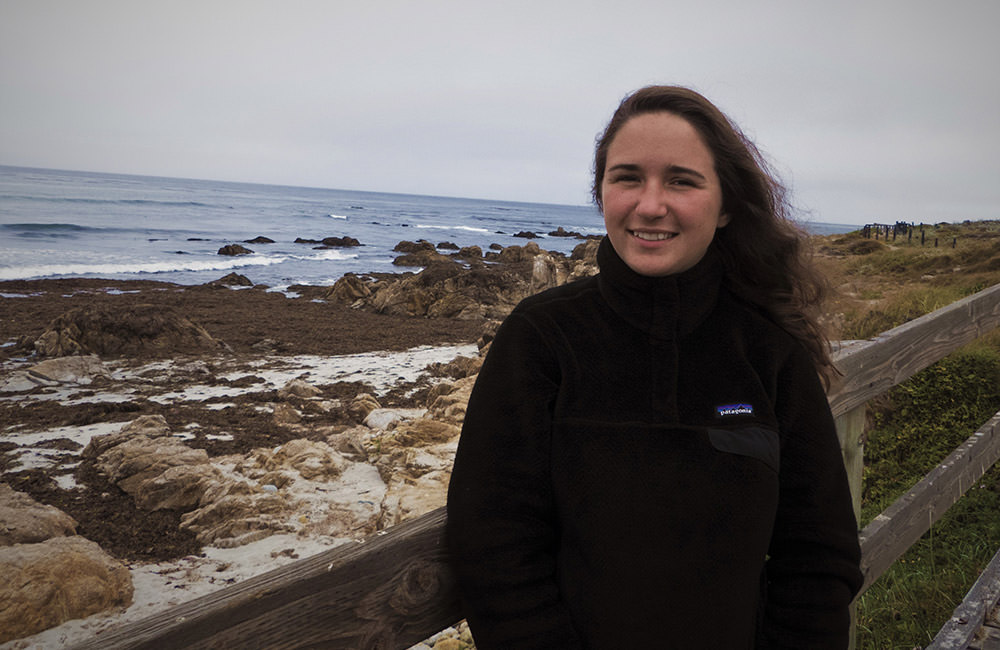
Heather Mortimer seeks to combine art, writing, education, and psychology to communicate complex scientific topics, particularly in informal learning environments. A museum education and exhibit development student at the University of Maryland, Baltimore County, Mortimer spent her summer developing an exhibit at the Monterey Bay National Marine Sanctuary Exploration Center. With the help of her mentor, visitor center project coordinator Lisa Uttal, Mortimer reviewed existing resources, met with stakeholders, and interacted with visitors. Then, she created a conceptual drawing and developed text and images for a new exhibit about the issue of noise in the sanctuary.
Mega Sullivan
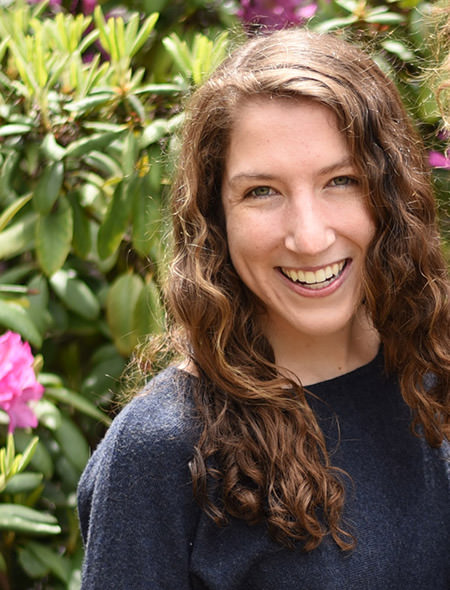
An Earth and planetary science major at Johns Hopkins University, Megan Sullivan strives to develop science that can be used to better protect national marine sanctuaries. This summer, Sullivan worked with Dr. Jenni Stanley, a marine ecologist and acoustics expert at the Northeast Fisheries Science Center, on her project monitoring soundscapes at national marine sanctuaries. Sullivan used passive acoustic monitoring to assess the contribution of vessel noise to the total soundscape in Flower Garden Banks, Florida Keys, and Gray's Reef national marine sanctuaries over the course of one lunar cycle in summer 2016. These data help establish a baseline of how much noise vessels are contributing to the sanctuaries' soundscapes. Plus, the data will help future studies investigate possible impacts of noise pollution on sanctuary ecosystems.
Elizabeth Weinberg is the social media coordinator and writer/editor for NOAA's Office of National Marine Sanctuaries.

